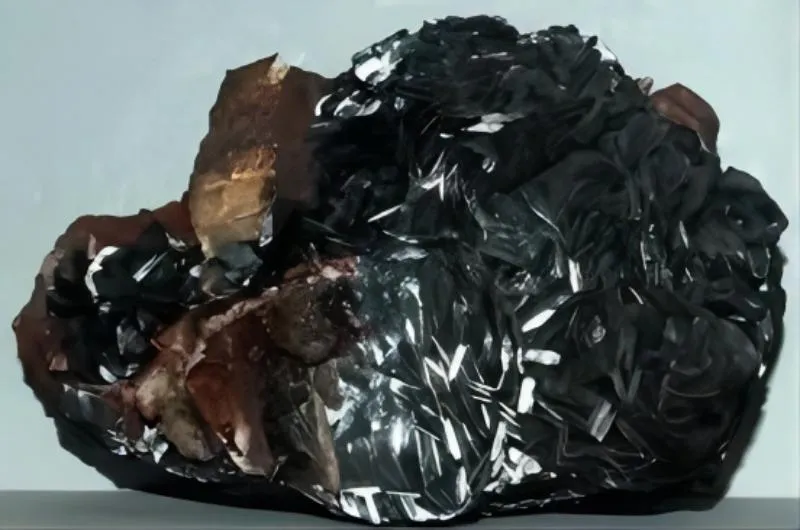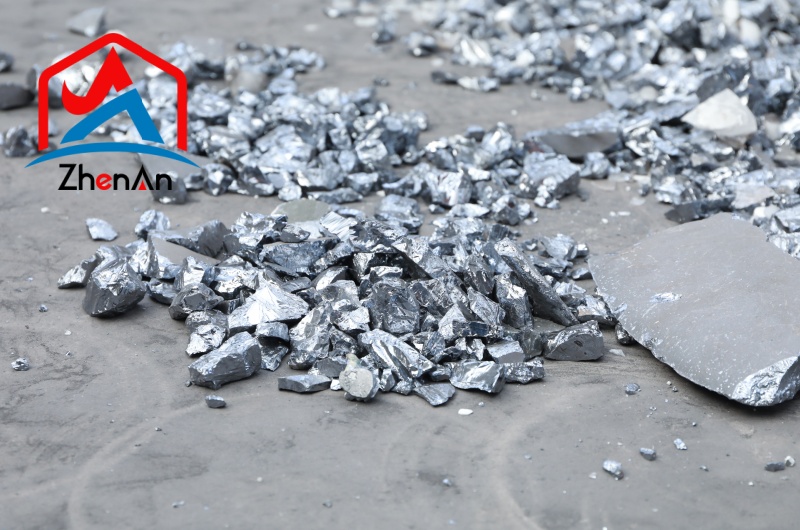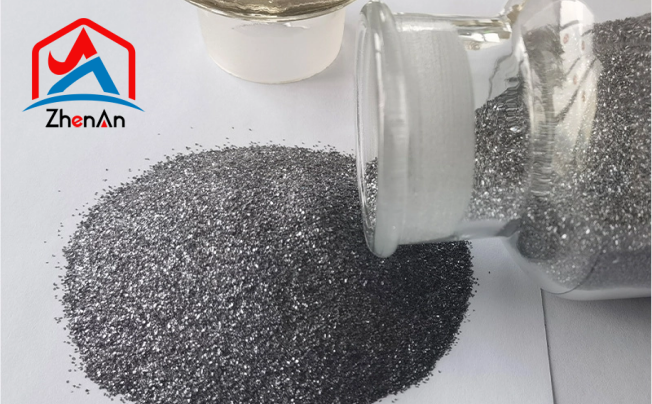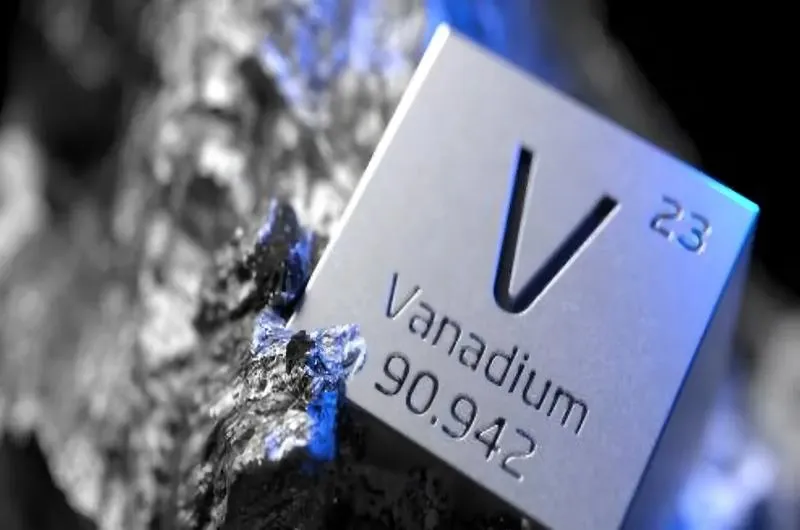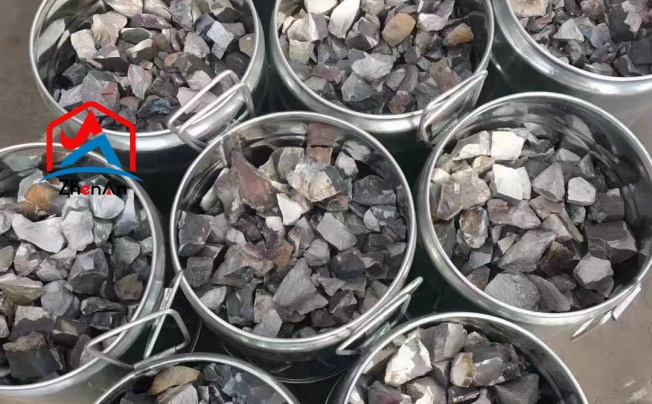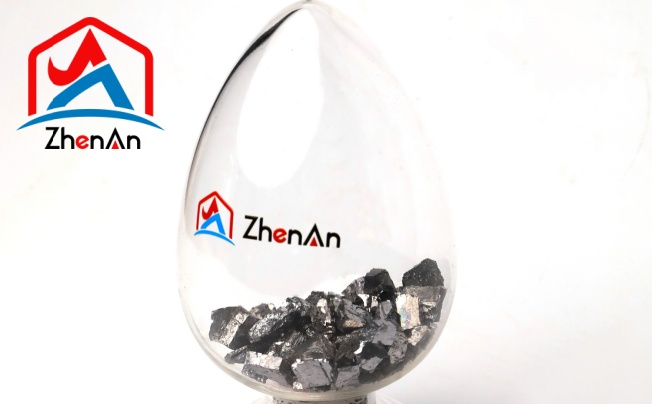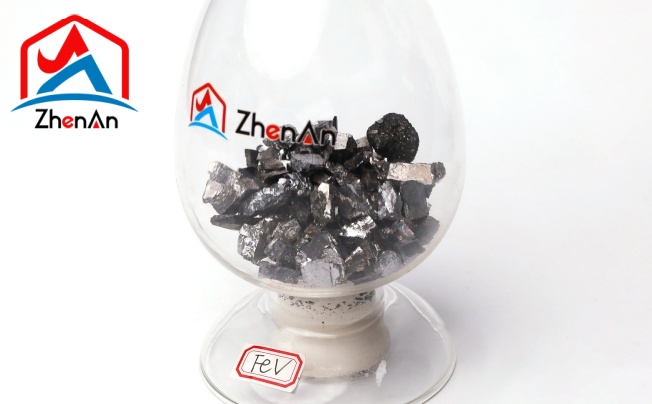BY  GENN
GENN
2024/05
Blog
How Is Electrolytic Manganese Made?
Understanding Manganese
Properties and Uses
Manganese, a silvery-gray metal, holds a significant place in the periodic table with its atomic number 25. Its properties make it a versatile element indispensable in various industries.
Not only is manganese durable and hard, making it ideal for strengthening alloys and steel production, but it also boasts excellent anti-corrosive properties.
Electrolytic Manganese
While several methods exist for producing manganese products, electrolytic manganese stands out for its exceptional purity levels and consistent quality. Electrolysis ensures the removal of impurities more effectively compared to other techniques like thermal reduction or hydrometallurgical processes. This high level of purity makes electrolytic manganese highly sought after for critical applications demanding stringent quality standards.
Furthermore, electrolytic manganese’s uniform crystal structure enhances its performance characteristics in various end uses. Industries requiring precise alloy compositions or reliable battery performance often turn to electrolytic manganese due to its consistent physical and chemical properties.
Electrolysis Process for Manganese Production
Setup of Electrolytic Cell and Electrodes Used
In the electrolytic production of manganese, a specialized electrolytic cell is used to facilitate the process. The cell typically consists of two electrodes – an anode and a cathode – immersed in a sulfuric acid solution containing manganese oxide.
The anode is usually made of lead, while the cathode is often constructed from stainless steel. These electrodes play crucial roles in the electrolysis process by facilitating the movement of ions and electrons necessary for the transformation of manganese oxide into pure manganese metal.
Dissolution of Manganese Oxide in Sulfuric Acid Solution
Before electrolysis can commence, the manganese oxide must first be dissolved in a sulfuric acid solution within the electrolytic cell. This step is essential as it enables the manganese ions to become mobile within the solution, making them available for electrodeposition onto the cathode during electrolysis. The chemical reaction that takes place during this dissolution process plays a fundamental role in breaking down the complex manganese compounds present in the ore into simpler ionic forms that can be manipulated through an electric current.
Application of Electric Current to Initiate Electrolysis
Once the setup is complete and the manganese oxide has been dissolved in sulfuric acid, an electric current is applied to initiate electrolysis. This electric current flows between the anode and cathode through the sulfuric acid solution, causing chemical reactions to occur at each electrode.
At the anode, oxidation reactions take place, leading to the dissolution of metal ions into solution, while at the cathode, reduction reactions result in the deposition of pure metallic manganese onto its surface. This controlled flow of electricity triggers a series of complex electrochemical processes that ultimately lead to the production of high-purity electrolytic manganese metal ready for further refinement.
Purification and Refining Steps
Electrolysis to Separate Pure Manganese from Impurities
Electrolysis is a crucial step in the production of electrolytic manganese, as it allows for the separation of pure manganese from various impurities present in the ore. In this process, the electrolytic cell is set up with electrodes immersed in a sulfuric acid solution containing dissolved manganese oxide.
When an electric current is applied to the cell, it initiates an electrochemical reaction that causes the manganese ions to migrate toward one electrode while impurities move toward the other. This selective migration process effectively separates pure manganese from contaminants like iron, silicon, and aluminum.
The purity of the resulting manganese largely depends on factors such as current density, electrolyte composition, and temperature control during electrolysis. The efficiency of this separation process is measured by the percentage of pure manganese obtained after electrolysis.
Typically, multiple cycles of electrolysis may be required to achieve high levels of purity, with each cycle improving the quality of the final product. Through meticulous control and optimization of electrolysis conditions, manufacturers can produce high-grade electrolytic manganese suitable for various industrial applications.
Filtering and Drying the Resulting Manganese Powder
Once pure manganese has been separated from impurities through electrolysis, it is typically obtained in powder form that needs further processing to enhance its purity and usability. The next step involves filtering out any remaining solid particles or sediments from the solution to obtain a concentrated slurry consisting primarily of pure manganese particles. Filtration processes such as vacuum filtration or centrifugation are commonly employed to separate solid particles from liquid components effectively.
Following filtration, the concentrated slurry undergoes a drying process to remove excess moisture and convert it into dry powder form suitable for packaging and storage. Drying methods may include techniques like spray drying or rotary drying, depending on factors such as particle size requirements and production scale.
Proper drying not only ensures that the final product meets specific quality standards but also facilitates handling and transportation logistics for further distribution within industrial supply chains. The resulting dried manganese powder is then ready for subsequent packaging or further refining processes before being utilized in diverse applications across industries.
Environmental Impact Considerations
Waste Management Practices in Electrolytic Manganese Production
The production of electrolytic manganese, while crucial for various industries, can have significant environmental implications if not managed properly. One of the key aspects that require attention is waste management.
Throughout the production process, various by-products are generated, including slag, dust, and wastewater containing residual manganese and other impurities. To mitigate the environmental impact of these wastes, strict protocols must be put in place for their collection, treatment, and disposal.
Efforts towards Sustainability in the Industry In recent years, there has been a growing recognition within the electrolytic manganese industry of the importance of sustainability.
Companies are increasingly adopting sustainable practices to minimize their environmental footprint and contribute positively to local ecosystems. This includes investing in technologies that reduce energy consumption during electrolysis, implementing efficient water recycling systems to reduce freshwater usage, and exploring alternative sources of raw materials to lessen dependence on traditional ore mining.
Challenges and Innovations
Despite progress being made towards sustainability in electrolytic manganese production, challenges remain. Balancing economic viability with environmental responsibility is an ongoing struggle for many companies operating in this sector.
Innovations such as developing novel methods for waste utilization or finding ways to capture and repurpose greenhouse gas emissions from the production process are being actively explored. Collaborative efforts between industry stakeholders, regulatory bodies, and environmental organizations are essential to drive meaningful change and ensure a more sustainable future for electrolytic manganese production.




